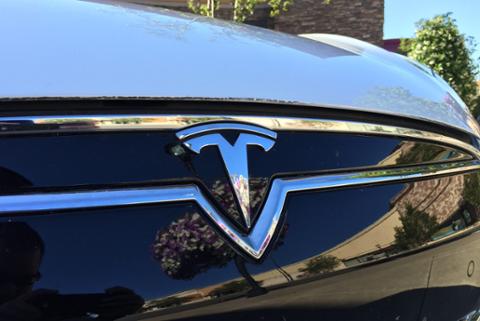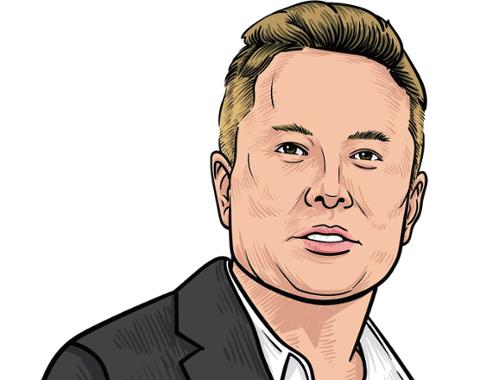Tesla’s planned job cuts will impact around 3.5 percent of its total workforce, CEO Elon Musk told an audience at the Qatar Economic Forum. However, the salaried portion of the electric automaker’s workforce will see a 10 percent reduction.
“We grew very fast on the salaried side,” Musk added, according to Bloomberg. Hourly staff (such as those working in Tesla’s factories) will continue to grow. At the moment, Tesla employs roughly 100,000 people.
Earlier in June, Musk said the Tesla cuts would impact 10 percent of the total workforce. In an internal email to executives, Musk also stated that he had a “super bad feeling” about the economy, and ordered a pause in “all hiring worldwide,” according to Reuters. Based on his comments at the Qatar Economic Forum, though, the ban on hiring seems to have been rescinded.
This isn’t Tesla’s first set of layoffs. In 2018, the company laid off 9 percent of staff; the next year, it cut 7 percent. As The Washington Post helpfully points out, Musk also cut employees’ salaries and furloughed workers during the initial stages of the COVID-19 pandemic.
By implying that the layoffs are a consequence of the company’s exuberant growth, Musk is echoing the recent comments by Coinbase CEO Brian Armstrong, who recently justified layoffs at his cryptocurrency company by suggesting he “overhired.” Although the overall tech unemployment rate remains notably low (at 2.1 percent in May), companies in dynamic subindustries such as cryptocurrency and electric vehicles seem a bit more susceptible to market cycles.
During the pandemic, many companies shifted their workplace policies to allow remote and hybrid work. But Musk is no fan of letting employees work from home; in another internal email leaked in June, he told executives: “Anyone who wishes to do remote work must be in the office for a minimum (and I mean *minimum*) of 40 hours per week or depart Tesla.”
He’s also an apparent advocate of in-office management. “The more senior you are, the more visible must be your presence,” he added in that email. “This is why I lived in the factory so much—so that those on the line could see me working alongside them. If I had not done that, Tesla would long ago have gone bankrupt.”
If it wants to keep growing, Tesla will need to keep hiring technologists. If the company can’t attract candidates with a liberal work-from-home policy, it may have to rely on salary—and data suggests Tesla pays pretty well.



